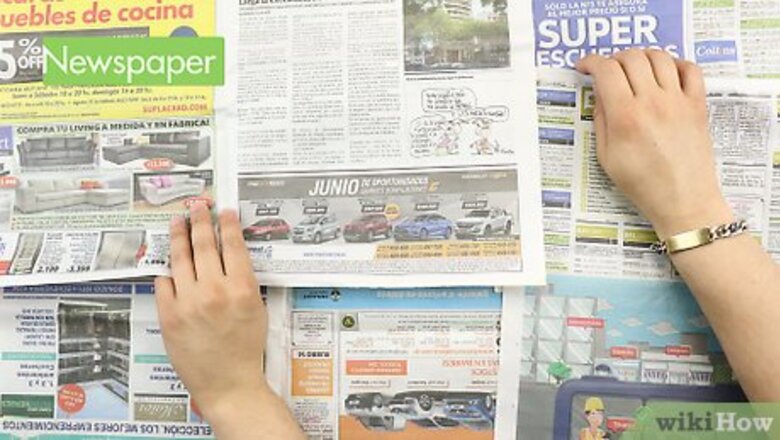
views
Rubbing Oil on the Sticker
Pull off as much of the sticker as possible first. Before you use oil on the sticker, try to pull off as much of it as you can while it is still dry. Use your fingers to grasp the sticker along the edges and pull slowly and evenly upwards. Keep doing this until you cannot remove any more of the sticker. If the sticker tears, grasp a new edge and try again.

Cover your work space in newspaper. You might not be able to do this in all circumstances, such as when trying to get a sticker off a fridge. But if you're working on a table or countertop, you'll want to make sure to prevent spillage, as oil can stain some surfaces.
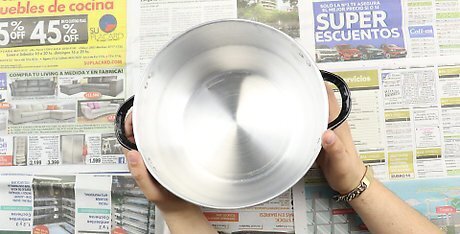
Place the stainless steel item flat on your work space, if possible. This will prevent the oil from spilling. Be careful when placing the surface flat. If it's an appliance, such as a toaster, you'll want to make sure it's not balanced on a protruding piece. If balanced in such a way, it might shift as you work and cause a spill.
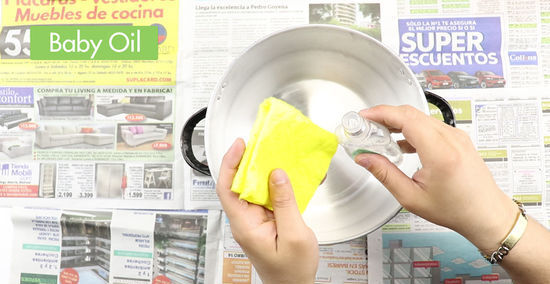
Soak a portion of soft cloth in mineral, baby or olive oil. You don't want your material entirely soaked through, only enough to allow for a good spread of oil. You can use a cloth or a paper towel. If you use a paper towel, you'll want to fold it over a few times to ensure proper absorbency.
Dab or spray the oil on the sticker and let it sit. Make sure to cover the sticker thoroughly. It's especially important for the oil to seep in at the sticker's edges, where the adhesive is strongest. Allow the oil to sit on the sticker for a few minutes; no more than 5. The time should depend upon the size and strength of the sticker. Try spraying the sticker with a cooking spray, such as Pam. EXPERT TIP Michelle Driscoll, MPH Michelle Driscoll, MPH Founder, Mulberry Maids Michelle Driscoll is the Owner of Mulberry Maids, which is based in Fort Collins, Colorado. With five years of experience, her business specializes in cleaning homes and small offices. She holds a Masters in Public Health from the Colorado School of Public Health. Additionally, Mulberry Maids has an A+ rating from the Better Business Bureau. Michelle Driscoll, MPH Michelle Driscoll, MPH Founder, Mulberry Maids The oil method is best for painted metal surfaces. Take extra care with the painted metal depending on what kind of paint was used or how delicate it is. Letting the sticker soak for longer in oil will likely be a safe option. Using stronger methods, such as acetone or Goo-Gone products, may actually strip some of the paint off the metal.
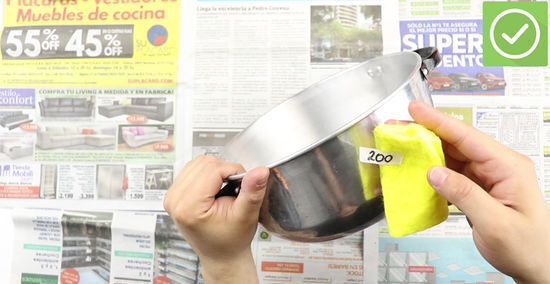
Use the oiled cloth to wipe the adhesive off the surface. The seeping oil will have dislodged the sticker and its adhesive. You should now be able to rub the sticker away. Follow the "grain" of the shine on the stainless steel. If you do not wipe with the grain, you can damage the surface's finish. To find the grain, angle the steel away from you until it catches the light. You should then see vertical or horizontal lines shining. Follow them when you wipe.
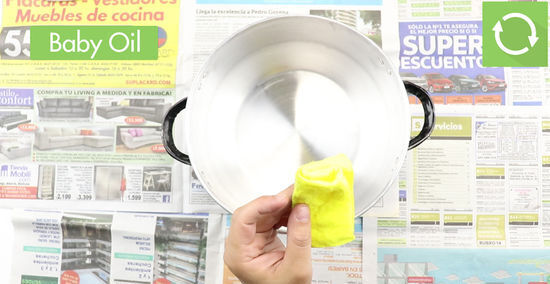
Apply a new layer of oil if part of the adhesive remains. Wait for five minutes, then wipe again with the oil-covered cloth. This should only be needed for particularly tenacious stickers.
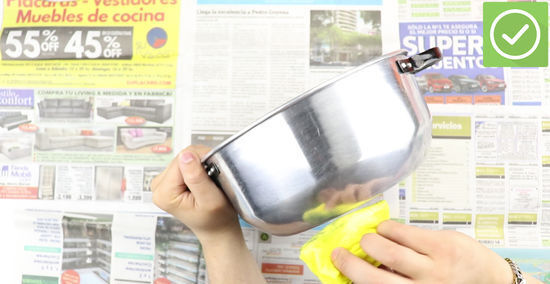
Wipe the oiled cloth across the entire stainless steel surface. The oil will allow you to easily remove fingerprints and other marks. Make sure to wipe with the grain, this will make the process much easier.
Using Heat and Coconut Oil
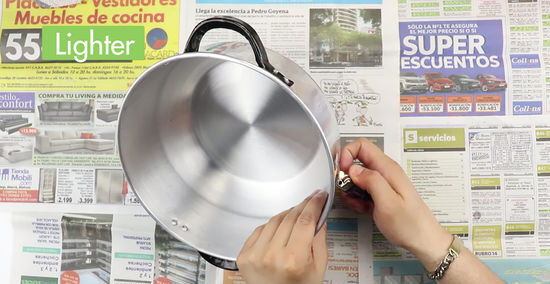
Use an open flame to heat up the sticker. If you're trying to remove a sticker from a light appliance, you can hold it over the flame, point the sticker at it. If you're using this method on something you can't easily lift, you'll need to bring your flame to the sticker. Run the flame over the sticker for about 30 seconds, making sure to heat up the whole sticker evenly. You can use a lighter, candle or match as your open flame. Don't worry if you see black marks show up on your surface. As long as you haven't kept the flame in one place for too long, these should wipe away easily.

Peel off the sticker. After running the flame over the sticker, the tenacious glue should have melted and burned. You should now be able to peel the sticker off with your fingers without too much trouble. If you're still having trouble, you might need to heat up the sticker some more.
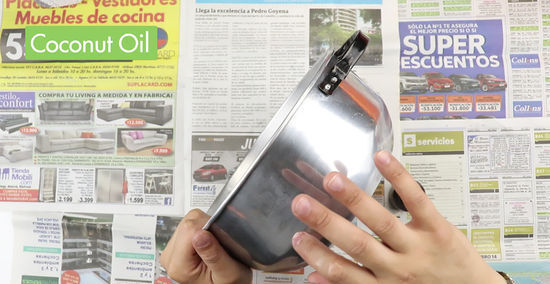
Wipe away the residue with coconut oil. You only need a few drops of coconut oil, which you can spread onto the sticker residue with your finger. You can then use a paper towel or a soft cloth to wipe away the sticker gunk. It should come off easily. You can also use the coconut oil to wipe the black marks caused by the flame.
Removing Stickers with Alcohol
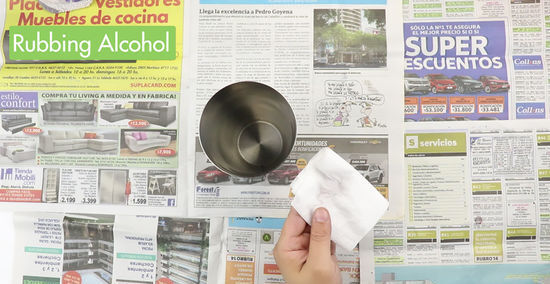
Dab rubbing alcohol onto a paper towel and lay it over the sticker. As the rubbing alcohol transfers from the paper towel to the sticker, it should start dissolving the glue. You should only have to wait a few minutes for this to happen.
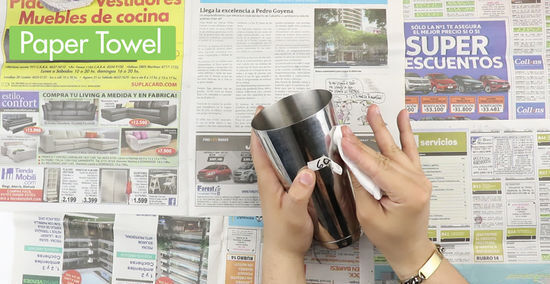
Scrub the sticker with the paper towel. After letting the alcohol work, most of the glue should have dissolved. Most, if not all of the sticker should come off easily. Scrub with the paper towel, and you should be able to lift most of the sticker.
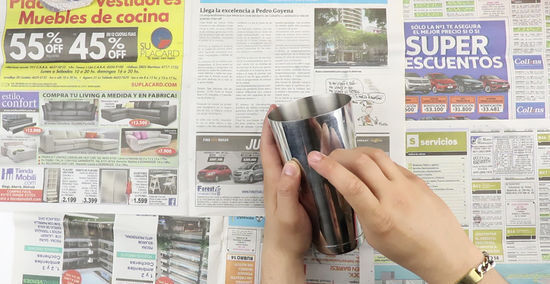
Scrape any remaining adhesive with your fingernail. Make sure to follow the grain of the stainless steel as you do so. Otherwise your surface could lose its luster, and even get scratched. Thanks to the alcohol, you should be able to simply scratch off whatever is left of the sticker.
Cleaning and Polishing the Steel
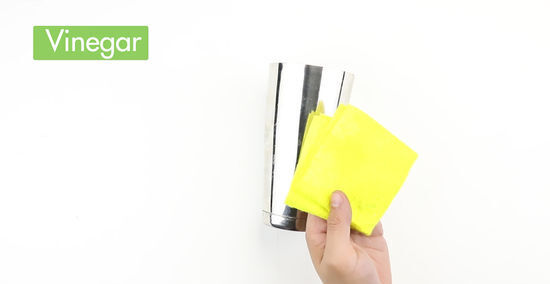
Soak the corner of a soft cloth in vinegar and wipe the surface. Make sure to wipe the entirety of the surface to remove the olive oil. You'll find that using distilled white vinegar will also work great for general cleaning and polishing of stainless steel.
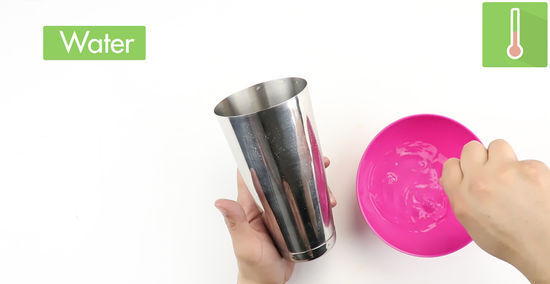
Wipe the surface with a cloth soaked with warm water. For this step, you should soak the cloth thoroughly. The water will allow you to clean any remaining oil or vinegar. Wipe with the “grain” of the stainless steel.

Wipe the surface completely with a dry cloth. Make sure not to leave any water on the stainless steel, as it may leave marks.


















Comments
0 comment